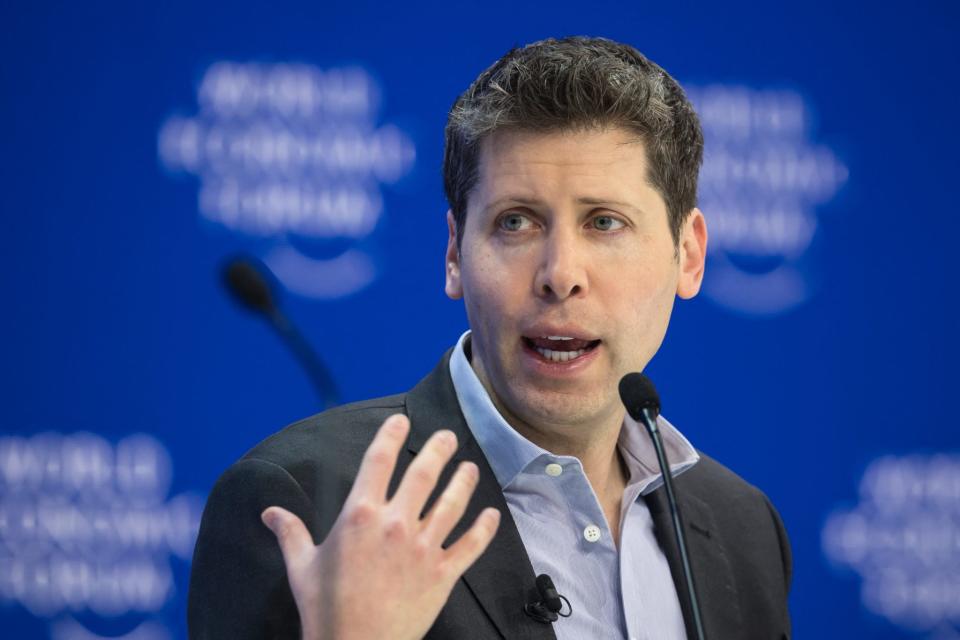ChatGPT’s ‘memory’ experiment offers a glimpse into what AI assistants will become

Hello and welcome to Eye on AI.
Today, we’re starting with some breaking news. OpenAI this afternoon unveiled its first ever text-to-video model, called Sora, which it says can turn short text prompts into strikingly realistic, high-definition videos up to a minute long. The model is still in the research phase and not generally available, but the sample clips the company shared appear impressive (though most weren’t anywhere near a minute). MIT Technology Review, which got a preview ahead of the announcement, said the firm “has pushed the envelope of what’s possible with text-to-video generation.” Wired said the model “shows an emergent grasp of cinematic grammar.” But at the same time, the model is being met with some appropriate skepticism. MIT Technology Review said the samples “were no doubt cherry-picked to show Sora at its best” and gave a disclaimer detailing how OpenAI hasn’t released a technical report, hasn’t demonstrated the model actually working, and made the publication agree to “unusual” conditions in order to preview the model. Either way, OpenAI is planting its stake in generative AI video, making Sora one to watch.
This brings us to today’s main story, which is similarly about a new OpenAI experiment. Despite people marveling over ChatGPT since its debut more than a year ago, it’s lacked a key capability that would help make it the all-knowing personalized digital assistant many want: memory, or the ability to connect together all the interactions you have with the chatbot. But finally, the missing feature is becoming a reality.
OpenAI announced it’s testing “memory” with a small pool of users to let ChatGPT remember information about you and your conversations and use that information to inform its responses to your inquiries across chats. ChatGPT's memories will evolve with your interactions and be applied across conversations, according to the company, and you can directly tell ChatGPT to remember specific information or simply count on it to pick up notable details over time. Individual GPTs—the custom models any Plus subscriber can create or use—will have their own distinct memories, and OpenAI also laid out how users of the ChatGPT Enterprise and Teams plans can benefit. Examples include having the chatbot remember a business’ preferences for tone, voice, formatting, programming languages, or coding frameworks.
“Basically, we taught ChatGPT to keep a notepad for itself. Every time you share information that might be useful for future reference, it'll (hopefully) add it to the notepad,” explained OpenAI product lead Joanne Jang on X, adding that the team is “taking a bit more time than usual with this feature.”
I don’t seem to be among the lucky few with access to the memory feature right now, so I can’t test it for myself. But I get the sense this could be a subtle, yet significant, change to the core product and overall emerging landscape of personal assistant-style chatbots. Until this point, each interaction with ChatGPT was essentially starting from scratch, which obviously posed some limitations. Giving the chatbot the ability to begin each new conversation with a slate of personalized knowledge for each user would, theoretically, put it a few steps ahead in terms of fulfilling a user’s request and doing it well—and potentially unlock new possibilities for how it can be used. It could also be the difference between the feeling of a Google search, which is essentially a one-off request, and a truly connected and continuous intelligent experience. This might be a small, slow-moving experiment right now, but it feels plausible that one day we’ll look back on this release as the equivalent of Facebook adding the newsfeed, or the moment when ChatGPT became what it would become.
I’m not suggesting the introduction of memory-like capabilities will be smooth sailing, however. Already, some critics are casting this as a “privacy horror story” and questioning if the ability to retain personal data violates privacy laws like Europe’s GDPR. (And indeed, regulators have already targeted ChatGPT with GDPR complaints, and Italian regulators recently notified OpenAI that ChatGPT violates EU data privacy rules.)
OpenAI said it’s taking steps to “steer ChatGPT away from proactively remembering sensitive information, like your health details—unless you explicitly ask it to.” Users can also turn off memory at any time and additionally tell ChatGPT after the fact to “forget” any specific details they don’t want the chatbot to keep on its notepad. Merely deleting a chat won’t delete any memories that came from it, though users will be able to manage and delete memories. Widespread concerns about AI companies training their models on user data also persist in this case. OpenAI said information saved in memories will be used to train its models (though not for ChatGPT Team and Enterprise customers). Permission is granted by default; users must adjust their settings to opt out.
Ironically, this feature to preserve information in ChatGPT also comes with a new capability around forgetting. As part of its announcement around memory, OpenAI additionally debuted Temporary Chats, which will let users have conversations that won’t appear in their history and won’t “remember” anything discussed. Disappearing messages have been a thing since Snapchat launched in 2011, and it’s the least OpenAI could do to give users the option in light of it supercharging concerns around data retention.
Nonetheless, memory is an experiment I’m particularly eager to see the results of. ChatGPT has been publicly available for just over a year, and it’s fascinating to see how much the product has already evolved—from upping the stakes with GPT-4 to the integration of the DALL-E image generator, custom GPTs, and now a capability positioned to further streamline and personalize the user experience.
And with that, here’s more AI news.
Sage Lazzaro
sage.lazzaro@consultant.fortune.com
This story was originally featured on Fortune.com

 Yahoo Finance
Yahoo Finance 